How to sell lesson plans & teaching resources

Every teacher knows—teaching ain’t easy.
A good lesson requires thorough planning, preparation, and tons of practice. And while it’s a noble and rewarding profession, we all know that it’s far from being the best paying job in the world.
The big question is:
Is it possible for teachers to make extra money without changing their careers?
The simple answer is yes.
Let me explain:
As a teacher, you must know how many after-school hours are spent on preparing educational materials for classes. Even if you’re not creating them yourself, then you’re most certainly spending the same amount of time googling them.
In short, too much work goes into creating resources that you and your students will use only once.
Once.
Wouldn’t it be great to share your work with other teachers? And wouldn’t it be even better if you got paid beyond your regular salary for the materials you create?
If your answer to both of these questions is yes, you’re in the right place.
Today, we’ll discuss why you should sell your teaching resources, share some tips on how to create quality resources, and explain how you can start selling them today.
Can you actually sell your lesson plans?
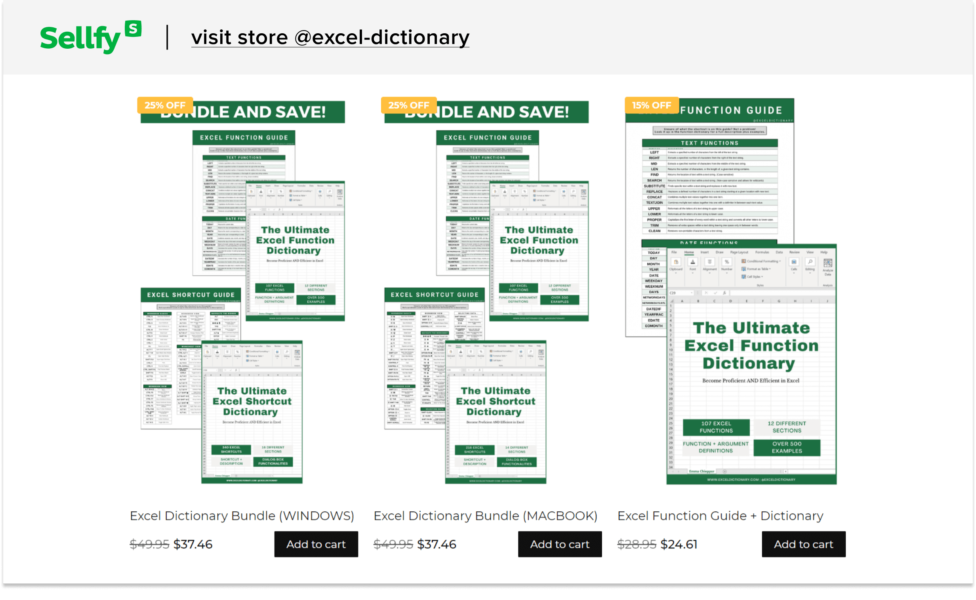
It may come as a surprise but outsourcing educational materials has become a widespread phenomenon among teachers. If we have to name the reasons for that, the first one is pretty obvious—earning extra money.
Why has it become so important?
In the 2021–22 school year, teachers faced a historically low average salary of $65,090.
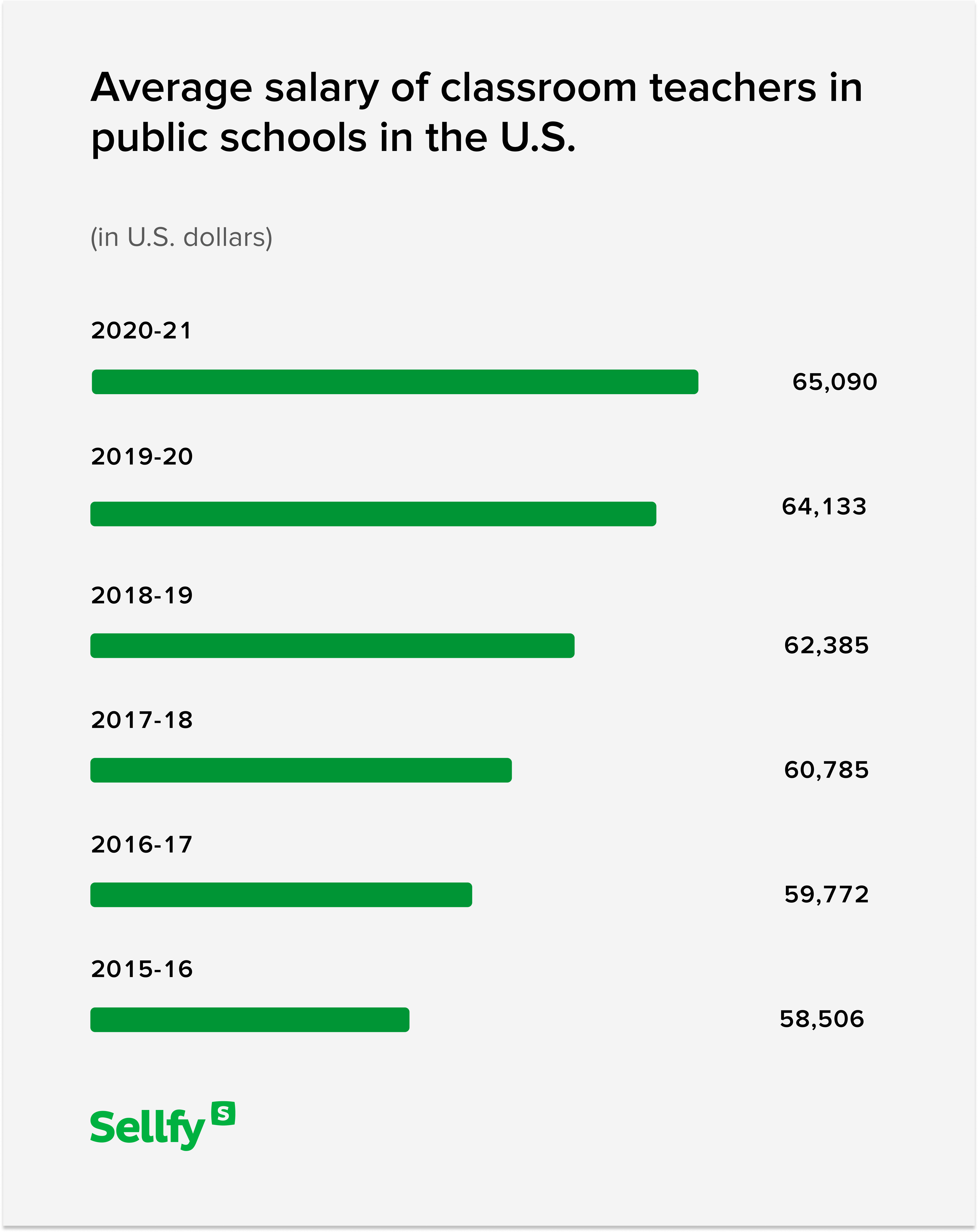
When adjusted for inflation, that’s actually less than the average earned in 2000.

These shocking numbers, and the fact that a lot of work is done outside of the classroom (e.g. preparing materials for future lessons), prove that in a modern world teachers aren’t just overworked but are also underpaid.
That being said, selling lesson plans and other educational resources is more than just a hobby—it’s an excellent way to earn extra money for work you’re going to do anyway.
But here’s another question:
Will somebody buy what you have to offer?
Considering that there are tons of examples of teachers who earn good money online, the answer is yes.
For example, this USA Today article tells the story of Jen Regan who’s managed to sell $100 000 worth of lesson plans. In fact, she became so good at it that she could quit teaching altogether, and devote her life to helping other teachers with her blog called Two Little Birds. Impressive, right?
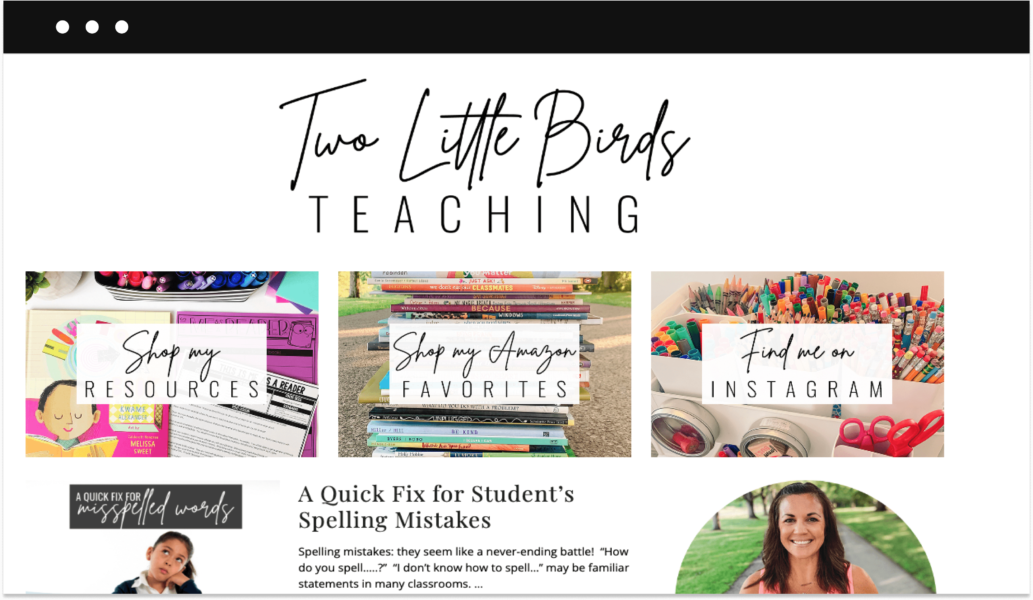
How did she do it?
For years Jen’s been spending five days a week teaching four-graders, and then several hours outside school creating, buying, and downloading curriculum materials online. One day she decided to share lesson plans that she had created on a platform called Teachers Pay Teachers. And that’s how she began her career as a “teacherpreneur”.
Jen’s example is far from being the only success story out there—marketplaces like TPT clearly played a significant role in that.
At least in the past…
You might be wondering why.
Teachers Pay Teachers is a marketplace that allows its users to sell lesson plans, activities, worksheets, etc. While it appears to be a great place designed specifically for teachers, the site takes a ridiculously big commission: 40% (!!!) for a free membership and 15% for a premium that’ll cost you $59.95 per year. Plus, TPT is so crowded that your work will get buried under pages of content created by other teachers.
Let me tell you one thing:
While TPT is an option worth considering, it’s far from being the only one out there. There are much better ways to sell your teaching resources online, without extra commission. But let’s get back to it a bit later.
Apart from the success stories, it’s also important to note that the demand for lesson plans and other educational materials remains at a high level.
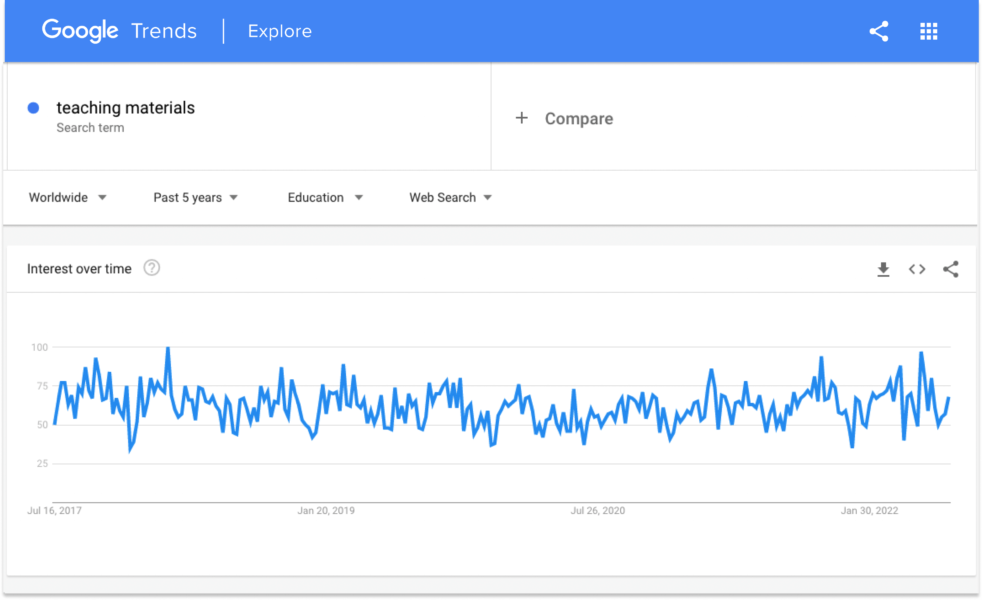
As you can see, search volume for the term “lesson plan” has been consistently high for the last five years. It usually picks up during the late summer months and peaks in late August and September when teachers start preparing for the school year. The same happens again in January right after the winter break.
So, if you’re still wondering if you should start selling teaching materials, my answer is: absolutely, the market is clearly there.
Your resources could be exactly what other teachers are looking for—don’t let them sit in a folder on your desktop and gather (virtual) dust!
How to create teaching resources that sell
It isn’t a secret that you can find tons of free resources online. So there’s only one reason for teachers to spend their hard-earned money on buying from you: quality.
Choosing the right products to sell is crucial if you want to become successful. To give you some ideas, here’s a list of the best-selling educational materials in 2024:
- Lesson plans
- Worksheets
- Syllabi
- Study guides
- Lecture presentations
- Exams, quizzes, tests
- Task cards
- Outlines
- Graphic organizers
- Games
- Posters and bulletin board ideas
But how do you choose the right product?
You don’t have to go all in. Unless you don’t spend the bigger part of your day teaching, there’s no way you’d have time to focus on more than a few products at a time. Even one product could be enough if the content is worth its price.
Instead, think of a niche you could fill in the market.
Is there a particular type of material you always struggle to find online? The chances that other teachers have the same issue are really high. Or, maybe, there’s something you’d never even think of downloading because you could create a much better version yourself.
All of this can be a basis for the product that other teachers will be ready to pay for.
And you don’t have to stop there:
You can actually offer so much more than lesson plans and worksheets. Educational or information products are a big hit in 2025, as it’s easier than ever to start selling them online. Interested? Check out this great article on how to create and sell information products.
The key takeaway? Create what you are passionate about!
However, you must also keep in mind that people are only ready to pull out their credit cards if the product is worth the price. In other words, you have to set the bar high with the educational materials you’re creating.
A study from the RAND Corporation shows that 98% of secondary math teachers and 96% of secondary English language teachers were using materials that they had either developed or selected themselves due to the lack of published resources and their low quality.
So, the question is:
How to create a top-notch resource that’s better than the one you can download for free?
That’s when your creativity comes in. There are no unified guidelines for crafting lesson plans that sell like hotcakes.
But let me tell you one thing:
Robust, creative, practical, and well-designed resources are always in high demand. That’s why you should always make them visually appealing, rigorous, and try to keep them in line with CCSS and academic standards.
Luckily, there are a lot of tools out there that can help you create unique and professional teaching materials. Let’s take a look at some of the best ones:
- Canva has become an absolute favorite among many teachers. It offers all kinds of templates: worksheets, flashcards, board games, infographics, posters, and so much more. You should also check their step-by-step guide on creating an engaging lesson plan. The best part is that Canva is now officially free for all educators which means you get access to all Canva Premium features on your free account.
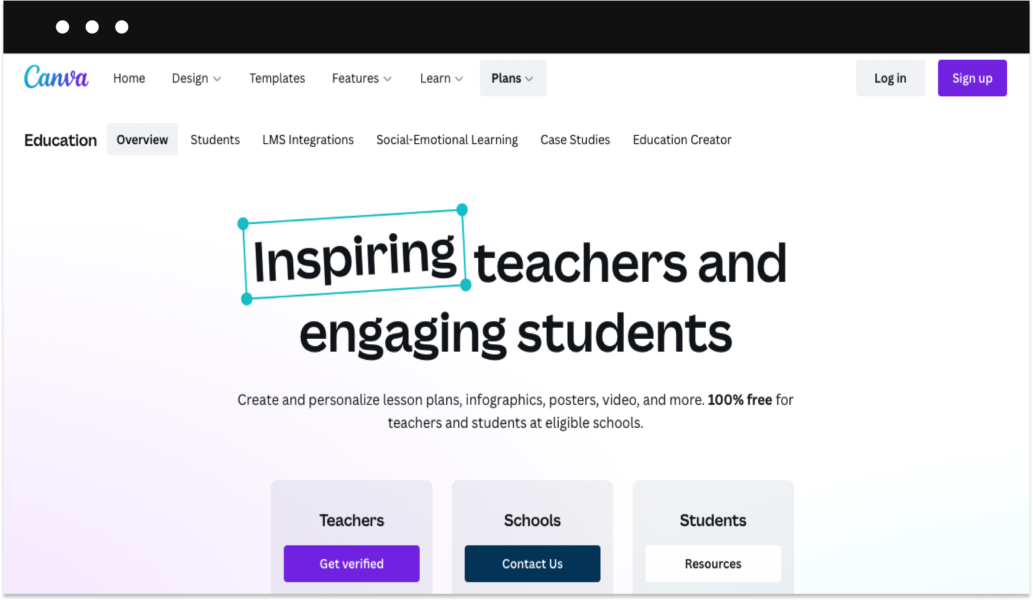
- Powtoon is an amazing tool for creating your own animated presentations. It has plenty of templates and elements to choose from and lets you add a background music track or a voiceover for your slides. Powtoon is very easy to use with its drag-and-drop feature and an intuitive interface (for those of you used to PowerPoint, Powtoon will seem like its cooler version). You’ll have every tool you need for editing the animation using tons of fun effects.
- Adobe Spark for Education is another handy tool for creating teaching resources that comes with over 20,000 ready-to-use templates! They also have a ton of fantastic stuff in their Education Exchange. It includes thousands of examples of content created by both teachers and students, as well as tips, and mini-courses on how to best use Adobe Spark in your classroom!
How to sell lesson plans with Sellfy?
Why should you choose Sellfy?
Sellfy was specifically designed for people who are willing to start selling online but don’t have time to figure out complicated setups. It’s an affordable all-in-one eCommerce solution that doesn’t charge any commission or any other hidden fees.
The best part? Instant payouts. Yes, you’ll get paid literally the moment a customer has purchased your product.
Anyone who has a device with internet access and a few minutes of time can build a store on Sellfy and start selling lesson plans and other teaching resources today.
Here’s how:
Step 1: Set up an account.
All you need to start using Sellfy is a valid email address. Start with a 14-day free trial to give it a try and see if it fits all your needs before you subscribe to one of three Sellfy subscription plans.
Step 2: Add your products.
Once you’ve created an account and your email address verified, it’s time you add your products to the store. All you have to do is find the Products section on your Dashboard, go to Digital products, and click on Add new product.
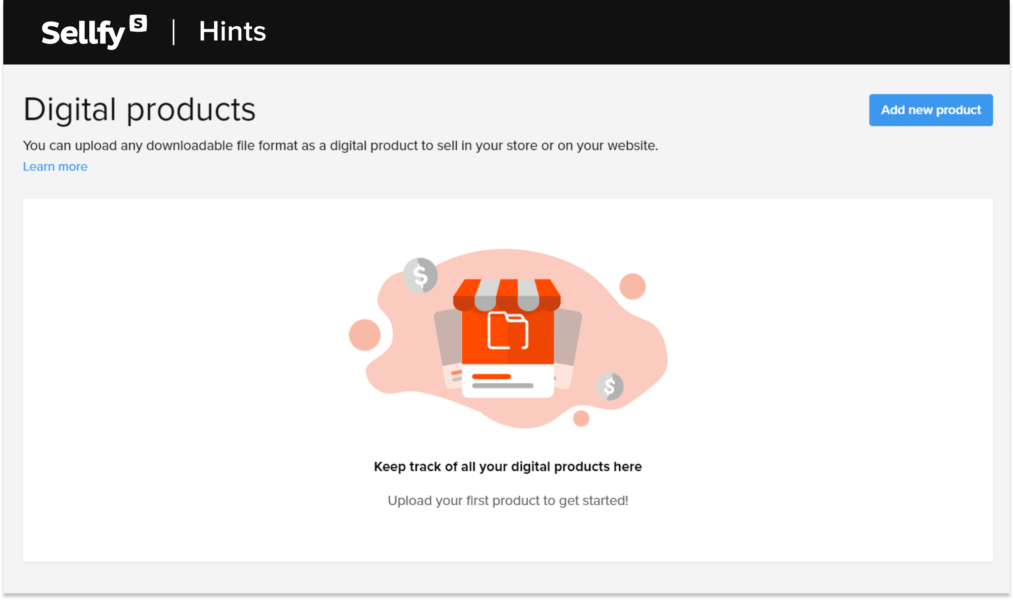
Upload your lesson plans, worksheets, task cards, study guides, or whatever you want to sell. Add product images and some info in the Product description section, so that your customers know what exactly they’re buying. Once you’re finished, hit Save product, and it’s done!
Step 3: Set a price
It may come as a surprise, but figuring out the value of your lesson plan can be quite challenging.
When making price decisions, consider factors such as product size, usefulness, and the amount of time saved by the buyer. And, of course, you should also check out the prices your competitor put on their products.
So far, on average, the price can go from around $2-3 for an exercise or worksheet bundle up to $30 for lengthy workbooks and manuals.
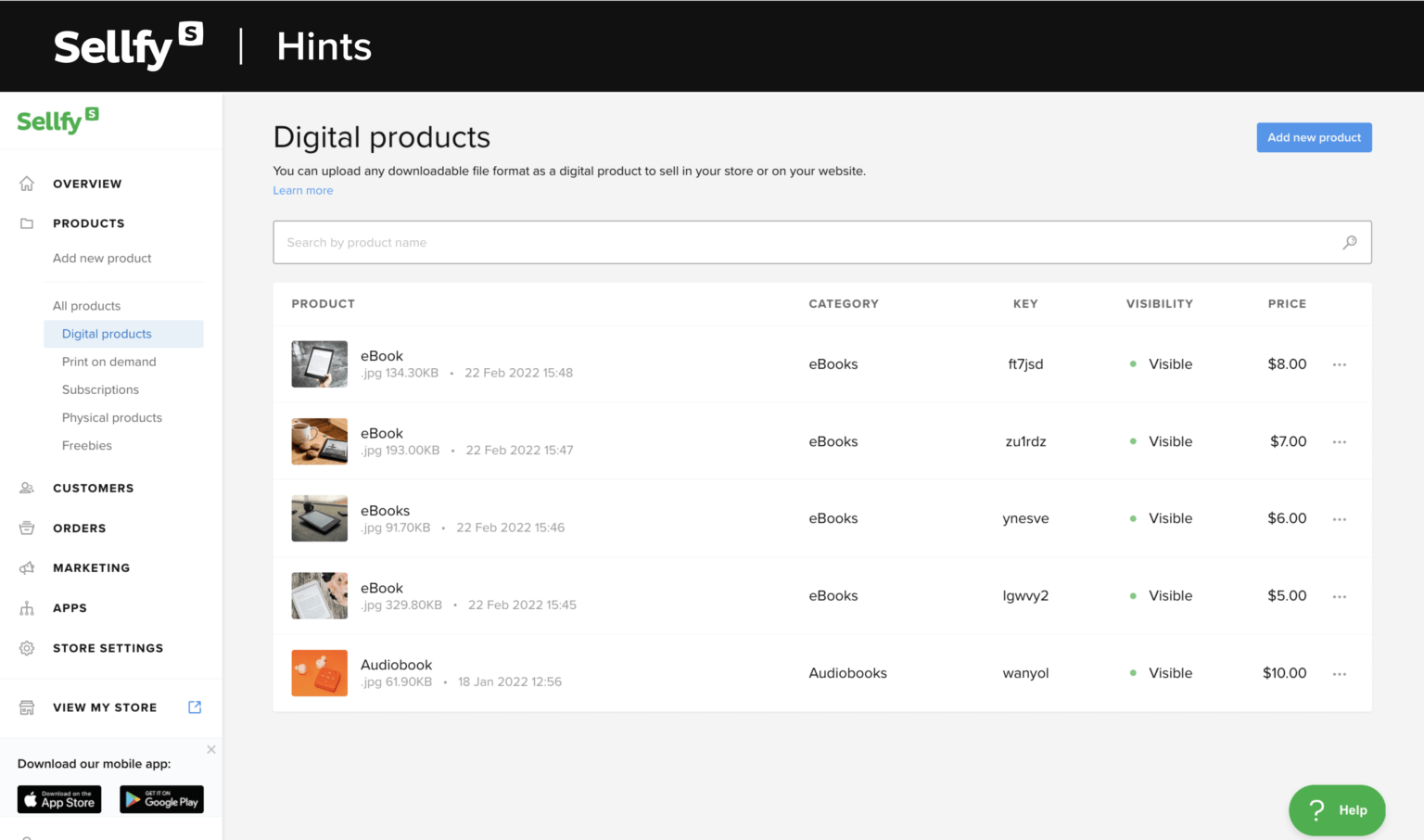
You deserve to be compensated for a quality product. Underpricing may seem like a good idea to attract a customer base, but people might equate low prices with poor quality, and underpricing is not good for the “teacherpreneur” community. Instead, try offering some freebies, so your customers could see and test them out before they actually buy something.
Step 4: Customize your store.
With Sellfy you can make your store look exactly the way you want it to.
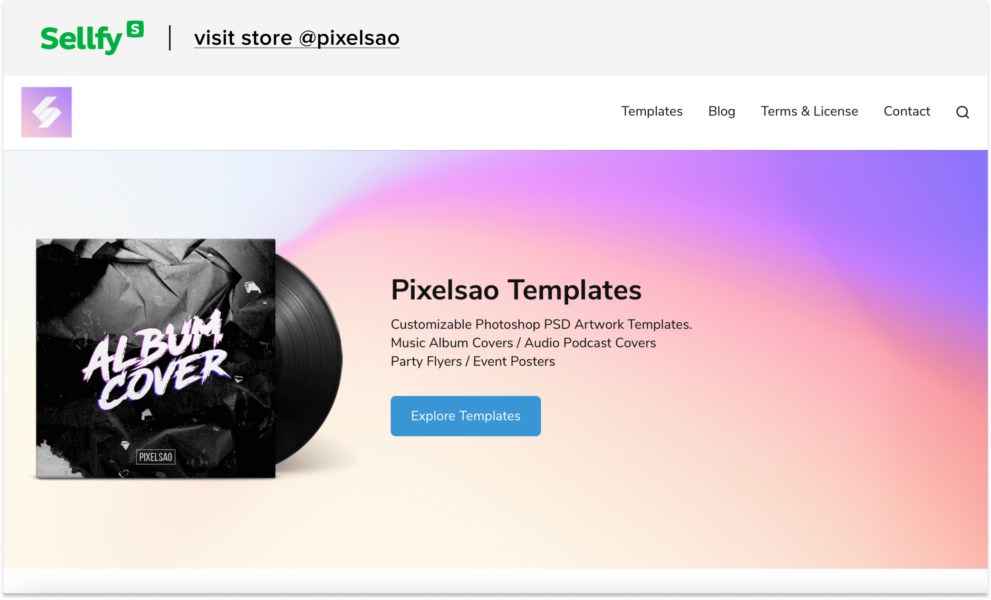
You can customize just about every aspect of your store—from product pages and navigation to text color and the shape of Buy now buttons. You can also choose the layout style of your store page, the number of products per page, and oh-so-much more.
Step 5: Add payment options.
Sellfy lets you easily accept payments from all over the world in a variety of currencies. There are two available options: PayPal and Stripe (for card payments.)
- To accept payments through PayPal, just go to Payment options and type in the email address you use for PayPal.
- To accept card payments, you’ll need to have a Stripe account first, and then connect it to your Sellfy store. You can find out more about how to create a Stripe account and get API keys for your Sellfy shop here.
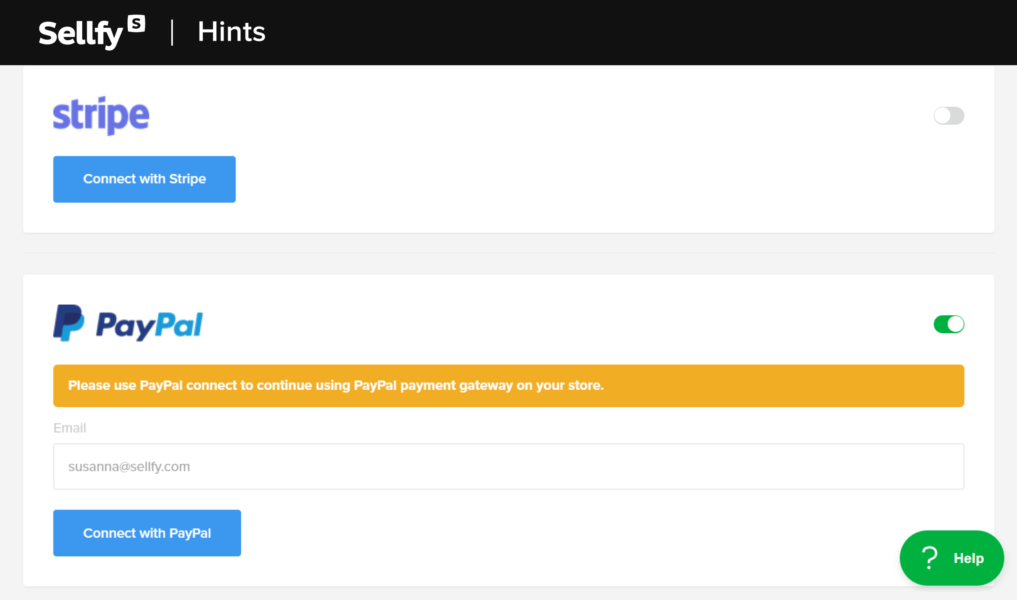
Summing it up
Thank you for sticking with me ‘till the end of this journey!
I hope today’s article gave you enough confidence to start creating and selling teaching materials.
If you still have some doubts, think about this:
You can really help other teachers save their valuable time and also help their students learn and progress more quickly. It’s never too late to transform your passion into a way of helping others (plus the extra money ain’t too bad either).
FAQ: How to sell lesson plans
Where can I sell lesson plans?
There are various online marketplaces and eCommerce platforms where you can sell lesson plans, but Sellfy is by far the best. It provides a user-friendly interface for educators to create an online store, upload teaching resources, set prices, and handle secure payment processing. Moreover, Sellfy’s marketing features can help you effectively reach a broader audience and boost your sales.
Can you make money selling teaching resources?
Yes, selling teaching resources can be a profitable venture. Many educators generate passive income by offering lesson plans, worksheets, and educational materials on marketplaces and eCommerce platforms like Sellfy. By creating high-quality and valuable resources that cater to the needs of other teachers, you can generate passive income while supporting fellow educators.
How to start selling my teaching resources?
To start selling teaching resources, first, organize and polish your materials to ensure they are valuable to other educators. Create a Sellfy account and set up your online store. Then upload your resources, set prices, and add product descriptions. Once your Sellfy store is up and running you can start promoting your products through social media, educational forums, and by networking with other teachers.




